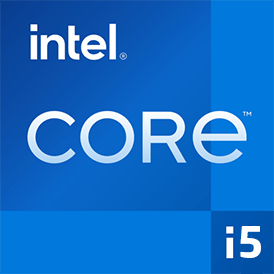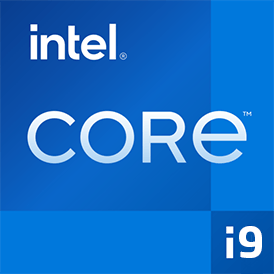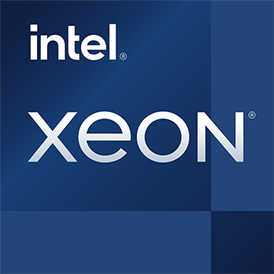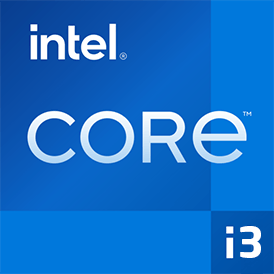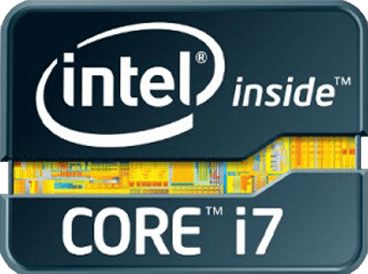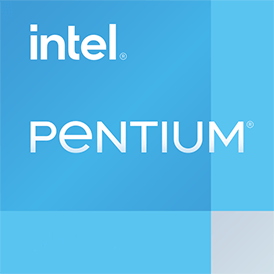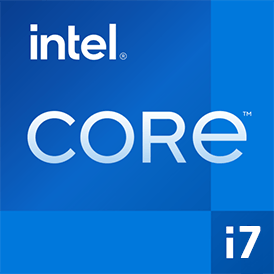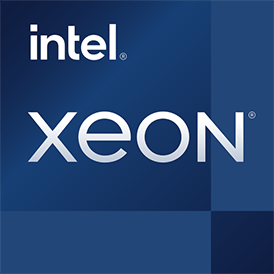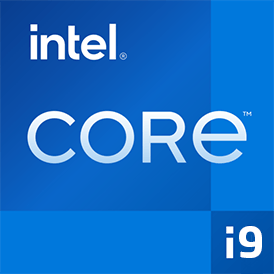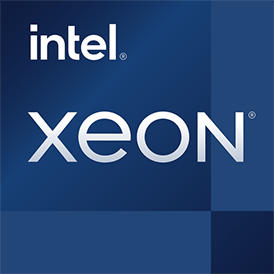Comparison of GIGABYTE AORUS GeForce RTX 3070 Master 8G (rev. 2.0) video card vs GALAX GeForce RTX 3070 SG (1-Click OC) LHR video card by specs and benchmarks. GIGABYTE AORUS GeForce RTX 3070 Master 8G (rev. 2.0) runs at 1.500 GHz base clock speed and has 8 GB of GDDR6 memory, while video card GALAX GeForce RTX 3070 SG (1-Click OC) LHR runs at 1.500 GHz base clock speed and has 8 GB of GDDR6 memory. The weight is different, -- vs --. The TDP of the first video card is 220 W, and the second is 220 W . Compare the benchmark results to find out which video card is better.


 Russian
Russian  Germany
Germany  Portuguese
Portuguese  Italian
Italian  French
French  Japan
Japan  Spanish
Spanish  Polish
Polish  Chinese
Chinese 

